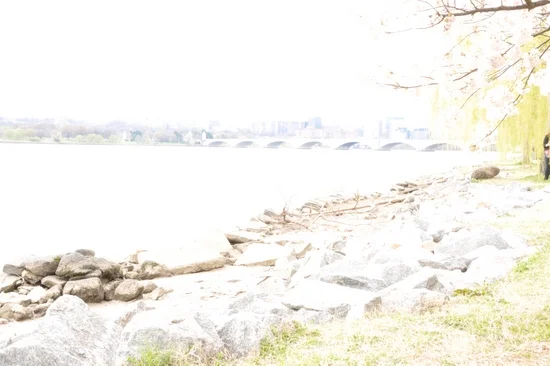Hello Everyone! I write about digital photography but this post is more about continue my writing about digital photography rather than photography itself. It's been a while since I wrote my last blog on photography. I received few emails, facebook messages and comments about my inactivity and when will I be publishing my next blog again? But I didn't have any clear answer on when I will start writing again. Since last few weeks, I was watching random YouTube videos (vlog) and got amazed by the energy and the passion of few vloggers. After following them for few weeks, I got inspired and that pushed me to start writing again. I spent couple sleepless nights to upgrade my blog so that mobile and tablet users can navigate seamlessly and desktop users can also load page faster. Nowadays, you can't blog without supporting multi-platform readers. One estimate suggests that 67% of people do everything on their mobile devices nowadays. After updating my blog, I was going through my past blogs and found something to be corrected here and there. I have tried my best, but, of course, I wouldn’t be able to finish it all in few days. So, if you notice anything that needs to be corrected, please let me know and I will review them and correct them as soon as possible. I'm thinking to write at least two blogs a week for now and adjust it later if needed.
When I thought of writing again, I began to look for photos I took in the past, books I used to read and some of the blogs I used to follow and quickly realized that I have a lot to catch on. But I'm determined and ready to learn more and resume my blogging. I hope you will also share your ideas and work or post comments or question on my blog so that we all can learn together.
This is sort of come back blog for me but I can't end it without posting one of the picture I took of downtown Silver Spring, Maryland taken a while ago when I was learning long exposure photography. I took this photo from my seventh floor apartment balcony and I was very happy with the result at that time. But as I started learning more, I noticed that there were few mistakes which I could have corrected, foreground trees, overblown lights for example. But that was the idea when I started photography; practice, learn from your mistake and repeat the cycle. This picture is straight out of my camera without any heavy editing except cropping and resizing. If you have followed my blog in the past, you might know that I am not big fan of spending hours on the computer to edit pictures. Don't get me wrong, I also shoot in RAW mode and adjust colors and lights sometimes if necessary. I am not against the editing but I would like to keep it as natural as possible.
Focal Length : 16 mm ISO : 2500 Shutter speed : 10 sec Aperture : f/22
Please leave comments or questions if you have any. Waiting to hear back from you. Happy Shooting and welcome back to my blog!












